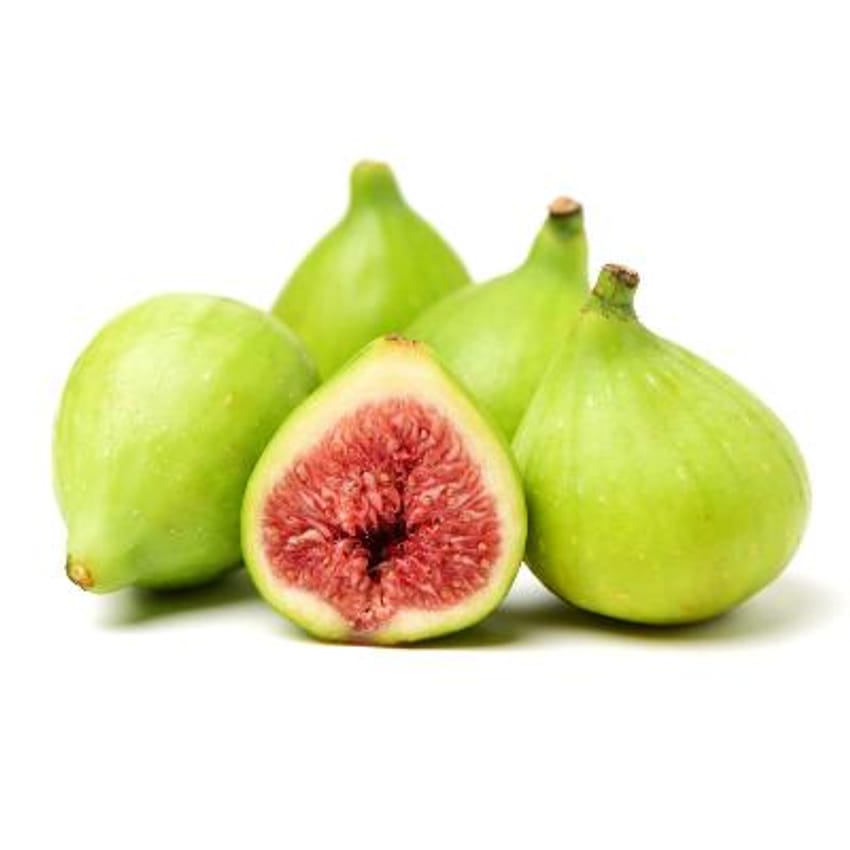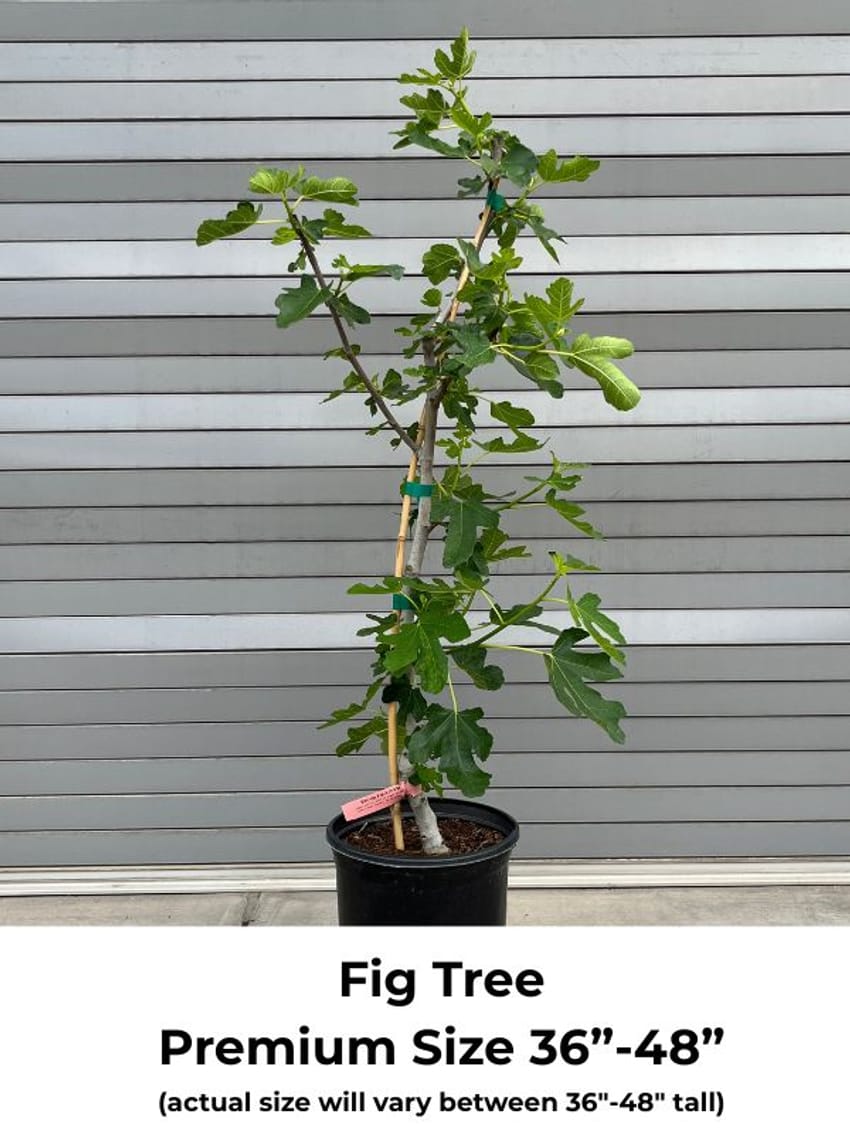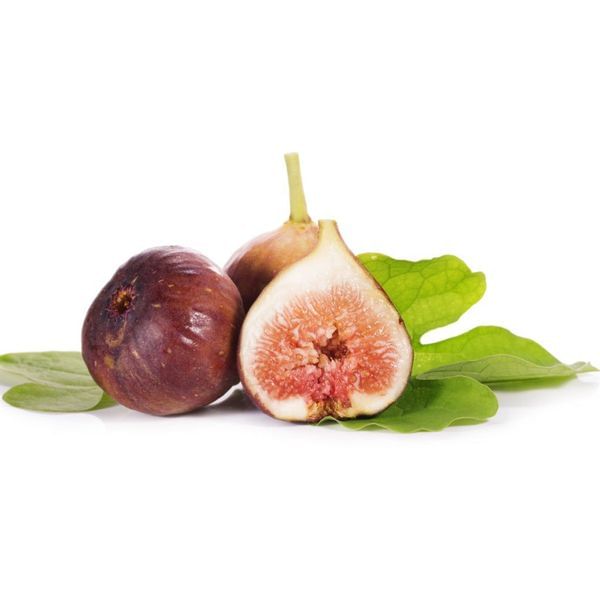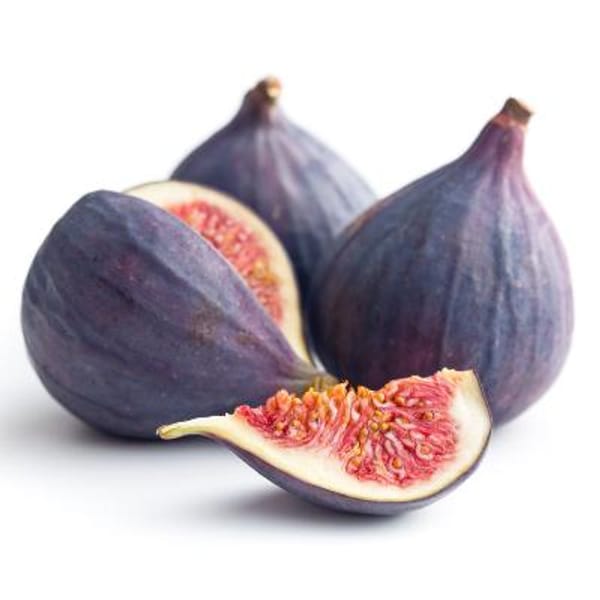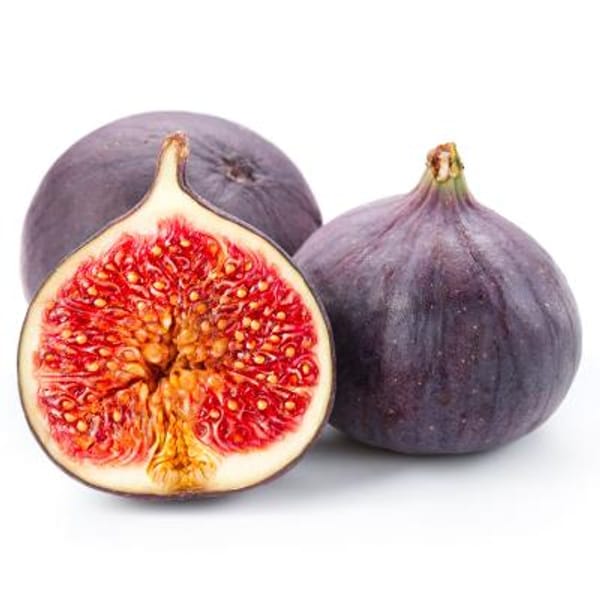- Now available in the Premium 36"-48" size!
- The Excel Fig Tree is one of the best all-around white figs, very hardy and adapted to a wide range of climates.
- Great for all fig purposes.
- Excel Fig Trees grow large, light yellow fruits with amber pulp that is very sweet and full-flavored.
- The Excel figs are very Resistant to cracking, medium closed eye.
- Self-fruitful
- Excel figs trees have two crops per year- one light breba crop and a heavy late crop.
- This variety is a Kadota Hybrid, Bill Storey Selection.
- Height at maturity: 15'-20' in the ground, but can be kept smaller with pruning or if kept in containers
- The Excel fig tree is a wonderful container plant and great for small spaces.
- Zones 7-10
- Grown from rooted cuttings.
SAVE ON SHIPPING: We can now ship potted fruit trees in MULTIPACK BOXES. Order as a 3-pack or 6-pack to save on the cost of shipping! This includes ALL PRIMO and ENTRY sized citrus, olive, fig, avocado trees and passion vines.

